Lake Pusiano, what to see: 5 stops between art and nature
If you find yourself passing through the provinces of Como and Lecco, you cannot fail to drop by Lake Pusiano, “the pearl of Brianza,” in the Lambro Valley Natural Park. Lake Pusiano is one of the few remaining totally swimmable lakes, rich in fish and many species, shrouded in a thousand legends (even here there is a story of a dragon) and beautiful views enough to enchant artists and personalities for many centuries. It has stretched Stendhal, the painter Giovanni Segantini, who was among the fathers of Italian pointillism, the poet Giuseppe Parini, who dedicated his first book of poems (albeit under a pseudonym) to this very place, the viceroy of the Napoleonic-era Kingdom of Italy Eugene de Beauharnais, to name but a few: all had homes here. As many as seven municipalities overlook its eleven kilometers of banks: Pusiano, Erba, Eupilio, Merone, Cesena Brianza, Rogeno and Bosisio Parini. The twenty-five species of fish present in abundance and size (including pike, carp and perch) make it a sport fishing spot known throughout Europe and beyond. In the center of the lake there is also afloral-faunal oasis: on the small island called Cypress Island (there are one hundred and thirty, centuries-old cypress trees) the owner (of the villa and the islet) has over the years devoted himself to populating it with, for example, swans, peacocks, crowned cranes, turtles, and even wallabies, marsupials similar to kangaroos native to Oceania. Migratory birds nest on the shores of the lake where the reed beds are located, and on the shores in the municipality of Bosisio Parini it is also possible to visit the Precampel Park, nearly 80,000 square meters in area, with the presence of 440 species of plants, including silver cypresses, elms, ash and plane trees, as well as maples, lindens, thuias and locust trees. To be enthralled by the splendor of nature on this lake, in short, is a moment. The mix of environment, landscape, history, and culture offers many attractions for all ages: here are five you cannot miss.
1. Pusiano
The town of Pusiano, which gives its name to the lake, has just 1,300 inhabitants and holds pieces of art and history from the people who have lived there. The historic center has the typical Lombard structure of medieval origin with courtyards, alleys and narrow streets. Here it is estimated that Giovanni Segantini created about three hundred paintings with still lifes, animals, ordinary people, and landscapes that speak of Brianza and Lake Pusiano. Pusiano pays full tribute to him with installations of 13 large panels along the streets that make up a path to discover the artist amid the alleys of the village. In his works is the life of these lands. His most famous work,Ave Maria a Trasbordo, depicts a family of shepherds on a “Lucia” (a rowing boat typical of the lakes of northern Lombardy, used in the past for transporting fish) on the Lake at sunset thus encapsulating from these shores that minute everyday life. Then there is Palazzo Carpani-Beauharnais, now the Town Hall, built in the 15th century by the Carpani Family, passed from hand to hand of important lineages, residence of the Habsburgs and also of Prince Eugene Beauharnais in the early 19th century as viceroy of Italy, who chose it as his summer residence, taking with him a piece of court life and worldliness. After passing through the courtyard and terraced garden, guests ascended to the main floor via the monumental staircase to arrive in large party rooms with refined wooden ceilings. At his behest was made the grand lake-view Italian garden still present today.
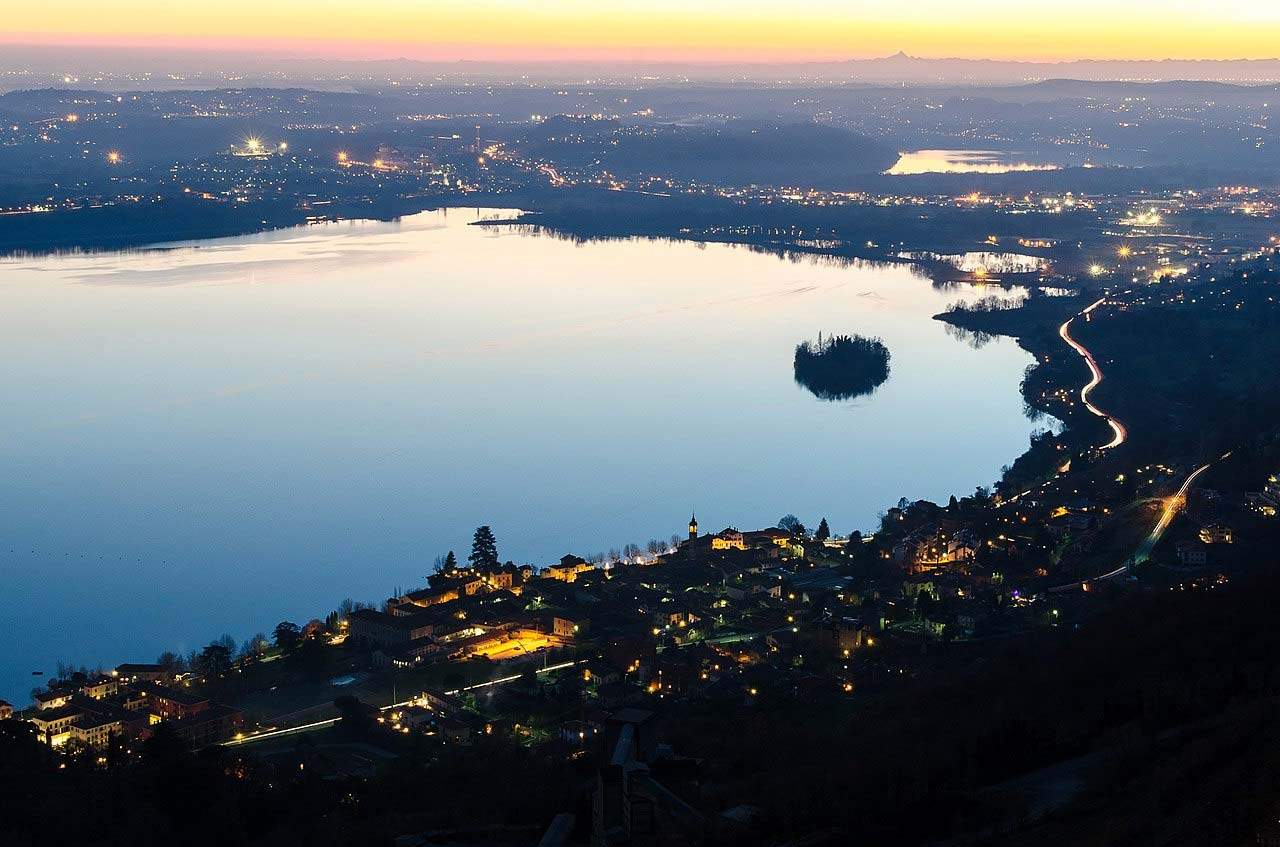
2. The Lambro Valley Regional Park
The Park of the Lambro Valley was established in 1983 and includes 35 municipalities in the provinces of Milan Como and Lecco on a territory of 8 thousand protected hectares (4 thousand of Natural Park), which extends along a 25 km stretch of the Lambro River between the lakes of Pusiano and Alserio to the north and the Park of the Villa Reale of Monza to the south. It has great naturalistic value especially because it is a natural park in one of the most urbanized areas in Italy. The fauna is vast, hundreds of species of animals present: Birds of prey such as owls, owls, hawks and buzzards, and small birds such as robins, finches, goldfinches; reptiles and amphibians such as frogs, toads, salamanders, orbets, green lizards, natrixes, grass snakes and snakes, as well as foxes, squirrels, badgers, weasels martens, hedgehogs, mice, herons, kingfishers, green lizards, tree frogs, newts. Equally rich is the flora. Among plateaus, small valleys, streams, forests, and meadows there are 200 km of bicycle paths that allow lovers of the genre to discover the Park in every situation. The main Track is 30 km and crosses it starting from Monza arriving at Lake Alserio. The Park juxtaposes sites of industrial archaeology with marvelous patrician villas (and their gardens), from the majestic Villa Reale in Monza to Villa Taverna in Triuggio, which can be visited during the Ville Aperte in Brianza festival, which allows visitors to discover them every year in September.
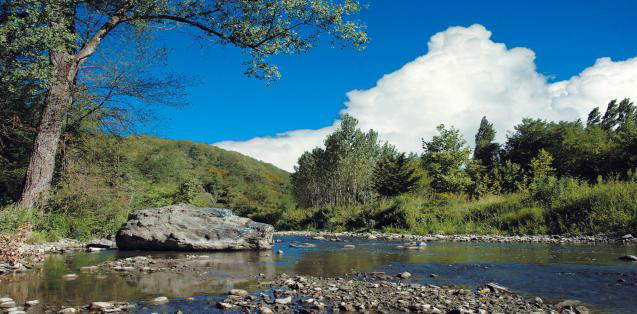
3. The sanctuary of the Madonna della Neve
On the slopes of Mount Cornizzolo was the village’s first settlement and there is the small shrine of the Madonna della Neve built in the 16th century by the Carpani family as a private chapel. You get there via a non-demanding path, a cobbled mule track, from the historic center, marked by votive chapels dedicated to the Mysteries of the Rosary. In that 20-minute walk there are spectacular views. The shrine houses a bas-relief of the Madonna, in Renaissance style but difficult to date. Traces of the ancient fresco decoration also survive.
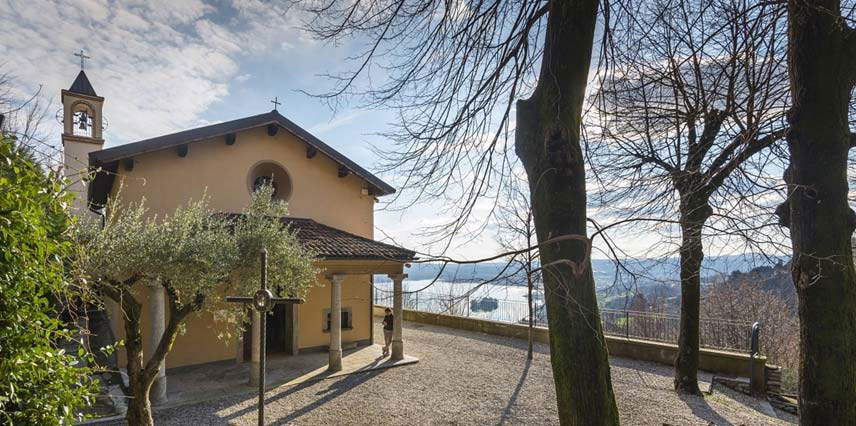
4. Bosisio Parini
This town, Bosisio Parini, takes part of its name from its illustrious fellow citizen Giuseppe Parini, and since 1961 the house where he was born and lived can be visited as a museum, and there is also a tourist itinerary dedicated to the poet and his places in the town. The house where he was born, the church of Sant’Anna where he was baptized, Piazza della Vittoria, which is the main square of the village and has a memorial plaque unveiled in 1847, and the monument to Giuseppe Parini in his honor by Francesco Confalonieri of Costa Masnaga, from 1899. All the way to Villa Appiani-Banfi-Cantù. But the special, out-of-the-box place to visit if you are in the area is Villa Bordone, known as “La Rocchett ”a, recommended by many as a pleasant discovery. Forty-five minutes from Milan and 10 from Lecco, surrounded by greenery, fairy-tale-like and with the intentions of a castle, we find a historic mansion from the 1920s that from an old 18th-century farmstead became a manor house with interesting and unusual interior and exterior solutions by the eclectic architect Aldo Andreani. What is striking first of all is the butterfly structure of the floor plan, then the juxtaposition of elements and arrangements of various styles: we go from the Renaissance to the Arab-Norman of pink marble columns, passing through Baroque, Romantic and Art Nouveau. The facade is this blend of architectural sensibilities and styles that makes it an exemplary eclecticism of the few that remain admirable to this day. Upon entering, one encounters a wrought-iron staircase and furnishings and decorations of all kinds and materials in a harmonious tangle of wood, stone, glass, concrete, light play and various building material solutions. Fascinating is the large curved window, futuristic for the time. The furniture and furnishings present are still the original ones, designed directly by Architect Andreani. The large entrance gate to the estate (part Italian garden, part English garden) is a masterpiece by blacksmith Alessandro Mazzucotelli.
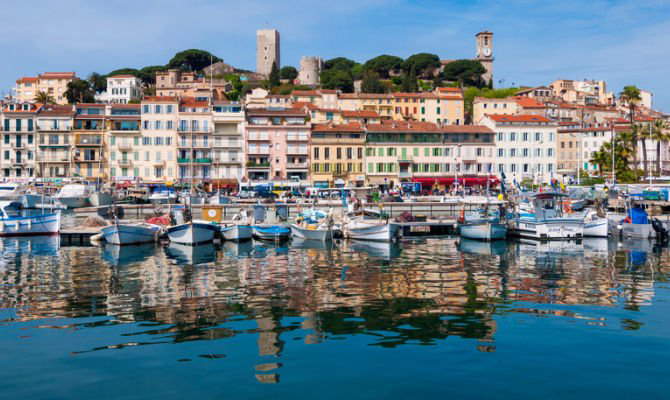
5. Lakeside
The lakeside promenade, from Pusiano to Bosisio Parini, is named after journalist Gianni Brera and is about a kilometer long, suitable for a family even with strollers (there is also a well-equipped park) and a nice way to admire the foothills of the Alps. But there is also a loop tour above Lake Pusiano in the midst of nature, passing by the old mule track that goes up to the Madonna della Neve Sanctuary and then taking a path to the Roccolo Park in Cesana Brianza. It is worth mentioning that along the path, among beautiful panoramic views, it is possible to find wooden statues with depictions of various kinds: from animals to fantastic characters that will make children happy. The author, for fun, is Maurizio Chiamone.
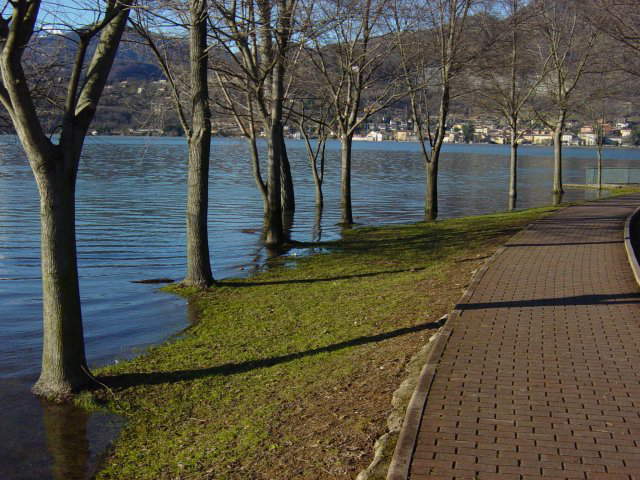
 |
| Lake Pusiano, what to see: 5 stops between art and nature |
Warning: the translation into English of the original Italian article was created using automatic tools. We undertake to review all articles, but we do not guarantee the total absence of inaccuracies in the translation due to the program. You can find the original by clicking on the ITA button. If you find any mistake,please contact us.





























